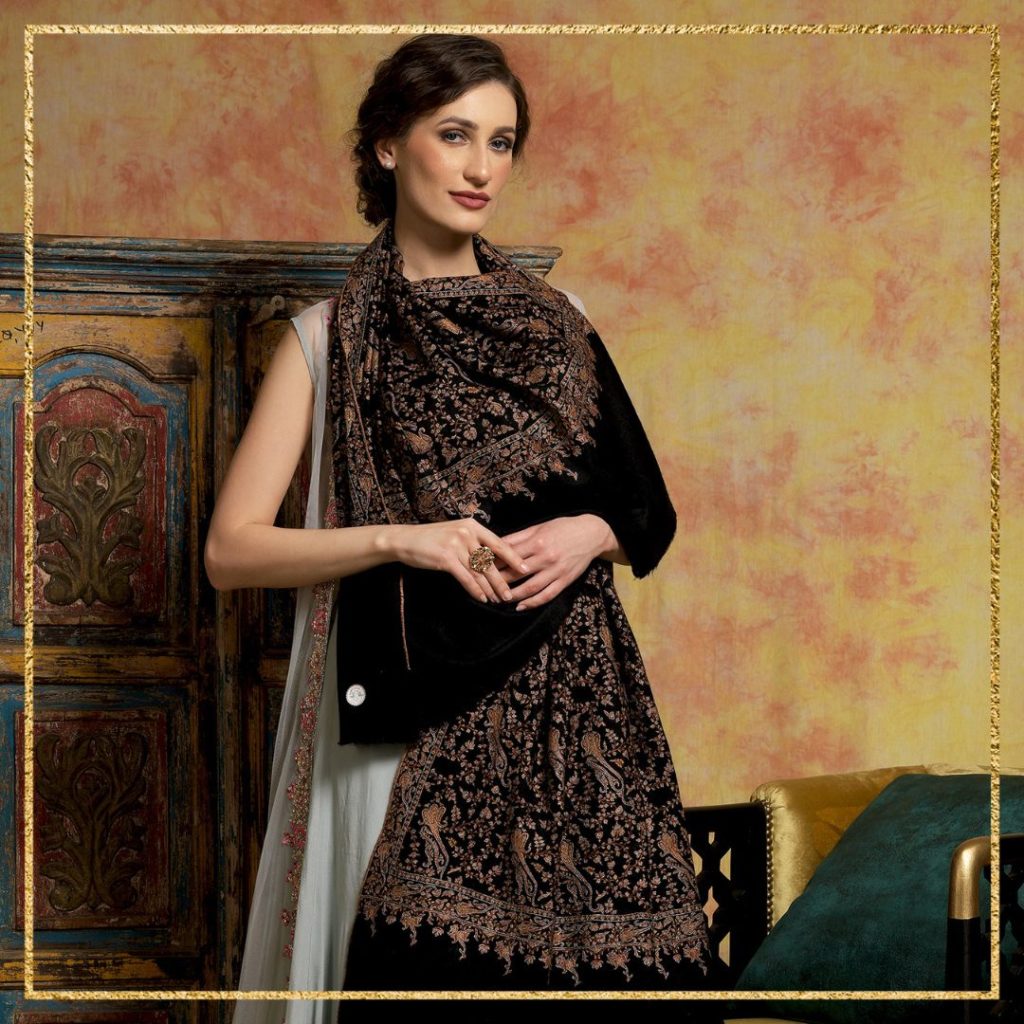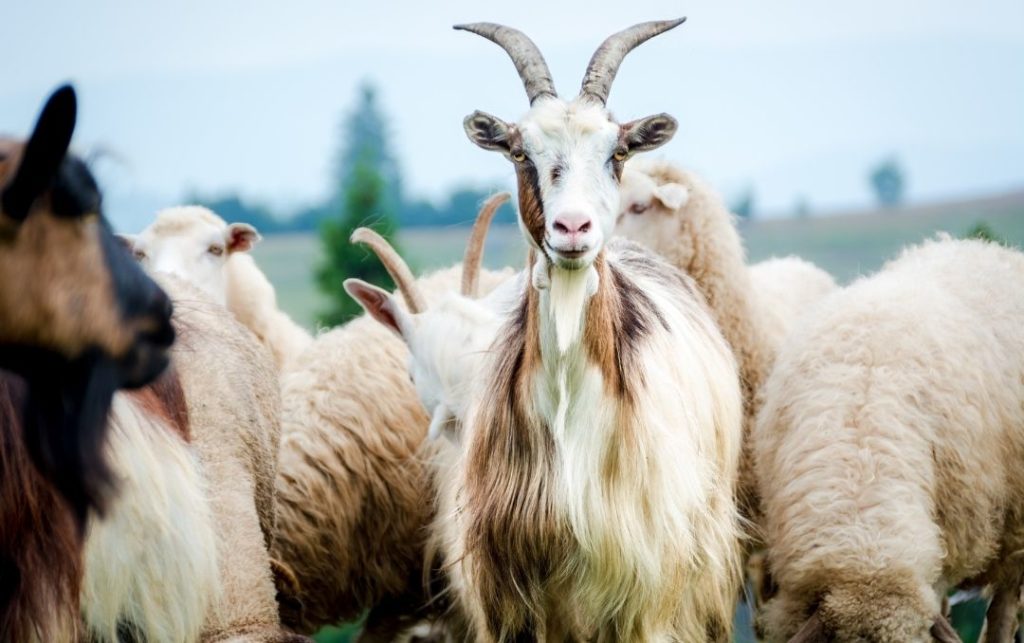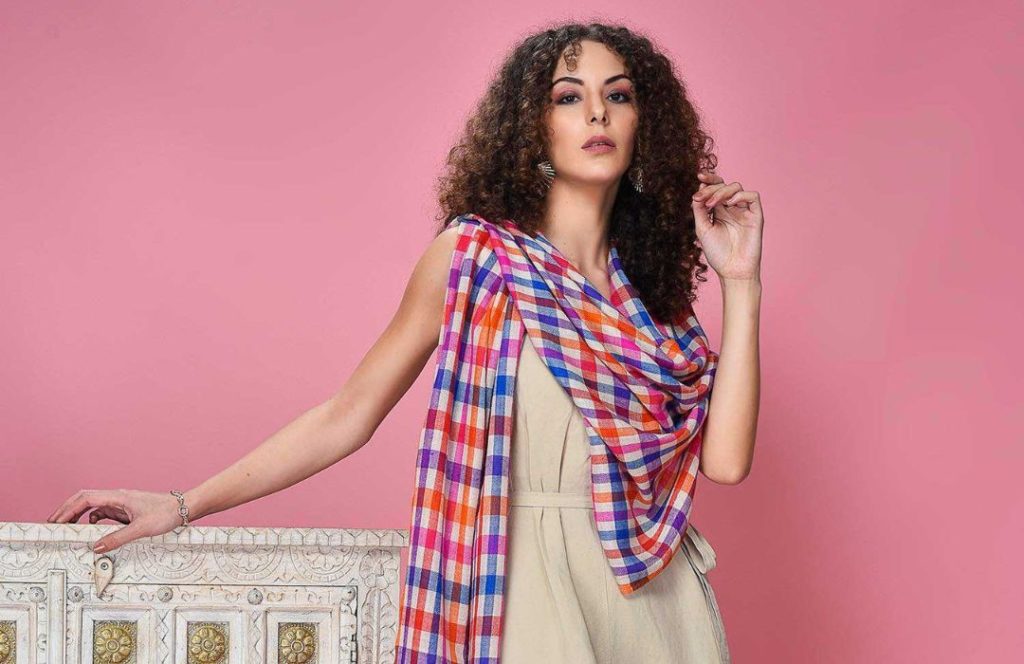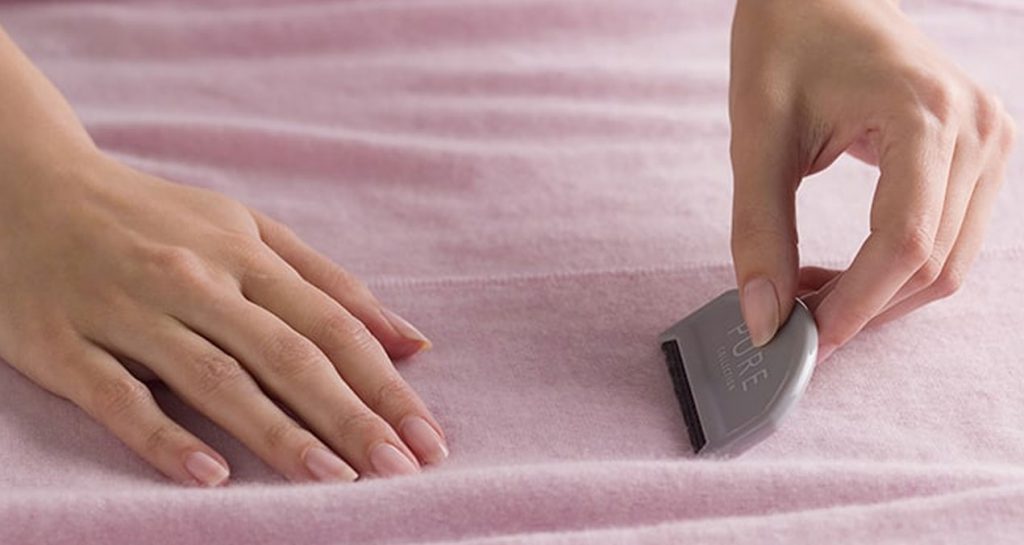So many questions about Cashmere and Pashmina arise, and as experts in the fabric, customers ask us the following questions all the time. Hence we made a list of the most popular 10 questions about Cashmere and Pashmina and answered them for you.
FAQS ABOUT PASHMINA
Difference between Cashmere and Pashmina
The most asked question is perhaps about the difference between Cashmere and Pashmina. Sometimes the two terms are used interchangeably. While some say that Cashmere is the low-quality Pashmina, others argue that Pashmina is the best quality Cashmere, while others use the two terms for one another. But the actual definition is not known to the masses.
Pashmina is the art of handcrafting luxury shawls, scarves, and wraps from Cashmere. Cashmere is the fine animal hair growing on the body of the Himalayan Capra Hircus. Infact, it is this hair that is processed manually for months and even years together, to bring into existence Pashmina shawls.
What is GI Pashmina?

It was the 15th century when Pashmina was discovered for the first time. For the first centuries, it was only the local Mughal royalty who enjoyed its warmth and sumptuous essence. But during the 18th century, these shawls spread all over the world. These were the most popular accessories around the world. With this popularity came the deceitful hands of a few traders. These traders crafted Pashmina only with pure Cashmere, but a mix of Cashmere and silk or nylon. Some sold wool shawls and claimed those to be made from Cashmere.
To stop these dishonest practices, the government introduced the Geographical Indication (GI). It is a mark of purity on a Pashmina shawl. A GI-marked Pashmina shawl indicates that the shawl is made from pure Cashmere which has been handspun, hand woven from the finest Cashmere of Ladakhi goat
How to Wash Pashmina?

Because Pashmina shawls are immensely delicate and gentle, their washing and cleaning are a challenge. But it is not impossible to wash these shawls at home. What one needs to do is have a wash tub, Pashmina shampoo, and lukewarm water. Simply fill a tub with lukewarm water and pour Pashmina shampoo into it. Soak the shawl in this mixture for 30 minutes. Rinse it carefully after 30 minutes and dry it (no tumble drying).
For drying, sandwich the shawl between two clean and dry towels and roll and layers together. This gets rid of extra water. Next, place the shawl on another clean and flat surface and let it air dry for a few days till it's completely dry.
How to identify real Pashmina shawls?
If you are going to purchase a new Pashmina shawl, here is how to identify the real one. Firstly, look for the GI tag around the corners of your shawl. A Pashmina shawl with the GI tag is the safest buy. GI tag is an authentication tag that indicates the purity and originality of Kashmiri Pashmina.
If you already own one and want to test if the same is pure or not, there are a number of tests. The first one is a burn test; you burn a fringe from a shawl, and if it gives a pungent natural hair-burning smell it is original. Also, if the fringe turns matte after burning, the shawl is original. The second test is the irregular weave test, where you hold the shawl against a light source and closely watch its weave. If the weave is irregular, the shawl is pure, as an irregular weave means the shawl has been manually processed, and no machines have been used.
The third test is the production of status electricity in which nylon and synthetic fibres produce a lot if rubbed against themselves. If you rub your shawl and it produces status electricity, drop it then and there. One more test is checking the price. Pashmina shawls are expensive, and if you find the price of a shawl “too cheap to be Pashmina'', let it go.
Where does Pashmina come from?

Pashmina comes from Kashmir. It is the Ladakh region of this union territory that houses a rare goat species called the Changthangi goat, this goat grows fine hair on its body in the winter season, as a means to survive. This hair is lost in the moulting month of Spring, and herders collect the same. Some hair left on the body of the goat is gently combed off using specialist combs and tools. The wool is cleaned, packed, and sent to Kashmir for processing.
In Kashmir, skillful artisans clean, spin and hand weave the wool. Thus comes into existence the world-famous luxury Pashmina shawls, scarves, wraps, and large fabrics.
How to wear Pashmina?

There are numerous styles by which you can wear a Pashmina shawl. While traditional styles are more of those where the shawls are spread all over the apparel to flaunt the embroidery patterns or the beautiful colours, the modish versions are more creative and unique.
- Pashmina shawls are soft, so you can wrap them around your neck, and be prepared for casual occasions. This style gives you warmth as well as oomph.
- Another way is to drape it around the shoulders and cinch it at the waist with the help of a belt.
- You can also let your shawl drape from one shoulder so that it remains spread and open for the observers to admire.
- Cover your front with the entire width of the shawl and make a knot at the back. This recently discovered style looks amazing with backless dresses.
Also read: HOW TO WEAR A PASHMINA SHAWL ELEGANTLY?
How to store Pashmina shawls?
It is always said that the way you store your Pashmina shawl this season will dictate its condition in the next. This shows how cautious the storage of these shawls is.
For storing Pashmina shawls, one has to look for a clean and dry place, most probably a shelf of your wardrobe, where no direct sunlight falls. Next, the shawl should be wrapped in a muslin cloth and not plastic bags, which tend to create moisture, and hence be a breeding place for moths. Place the shawl safely, and if possible place mothballs in the wardrobe, away from the shawl, and not too close to it.
Are Pashmina shawls warm?

Pashmina shawls are 8 times warmer than sheep wool. Owing to this quality, these shawls are preferred over merino wool wraps. Pashmina shawls are also lightweight and fine, and even then, provide sumptuous and pleasant warmth.
Apart from being warm, Pashmina shawls are breathable. Hence one would never feel suffocated in Pashmina, as these are super comfortable for every occasion.
Are goats killed for Pashmina?
No, goats are not killed when the herders acquire their hair. After all, these goats are the only means of survival for the herders.
Pashmina goats are domestic animals. And hence do not need to be forced to give off their wool. The wool is anyway lost in the moulting period, and just some portion is left on the body of the animal. This extra hair is gently combed off using specialized combs. Moreover, the goats grow the wool back before winter arrives. It is just the winter season when they need hair on their bodies and not the summer.
Is Pashmina expensive?
Owing to manual processing and the painstaking care for the animal, Pashmina stands on the most expensive side of the price scale. So much so that a shawl might cost you thousands of dollars! But as we learn and understand the making of Pashmina shawls, we believe the prices are absolutely well deserved.
Be it rearing the animal in -40 degrees C, or the acquisition of its hair, which takes days together, the manual spinning of a gossamer fine thread, or the days-long weaving process, Pashmina is hard work personified. If post-completion, shawls are to be embroidered, then it again takes years to hand embroider shawls profusely. Thus every step needs cautious efforts and fairly difficult conditions to give rise to a single shawl.
FAQS ABOUT CASHMERE
What is Cashmere?

Cashmere is the fine wool that grows on the body of Capra Hircus/Changthangi goats. These goats are found in the Himalayan range, where they survive harsh cold temperatures and as defense grow fine hair. This hair is soft and exceptionally warm. It is manually combed off their bodies and processed into luxury shawls, scarves, sweaters, blankets, and furnishing accessories. This is Cashmere wool and is considered one of the most expensive wools in the world right now.
Where does Cashmere come from?
Cashmere comes from the body of the Capra Hircus goat. This species of the goat is found in the Himalayas region. As such countries like India, Pakistan, Iran, Afghanistan, China, Mongolia, etc, are the producers of Cashmere. The best Cashmere comes from Ladakh, North India, where the Changthangi goat grows it. Cashmere is gently combed off the bodies of these goats and is later processed to handcraft shawls, wraps, scarves, and other accessories.
Also read: THE TRAIL OF INDIA’S CASHMERE GOAT MEN
Are Cashmere and Pashmina the same?

Cashmere is the fine wool that grows on the body of the Capra Hircus goat. The art of handcrafting luxury shawls and scarves from this fine cashmere wool is called Pashmina art. Pashmina is a term local to Kashmir, where a Persian saint was the first one to discover Cashmere wool. Hence he gave Cashmere wool a Persian name - Pashm - which literally translates to ‘soft gold’. From Pashm comes Pashmina, which is referred to as the art of transforming Pashm (Cashmere) into luxury items. Pashmina shawls from Kashmir are world-famous and have a rich history of being cherished by the European royalty
Can Cashmere wraps be washed?
Yes. Cashmere can be easily washed, albeit with a lot of precautions. Firstly, one has to invest in a good quality Cashmere shampoo. Then pour this shampoo in lukewarm water and soak Cashmere wraps in this concoction. Post 30 minutes, rinse the wrap with cold water by squeezing it between two hands, till the water runs clear. This is how one can properly wash Cashmere wraps at home.
Cashmere just needs gentle treatment. One should make sure not to treat these with harsh detergents. One should also not rinse or wash it with harsh movements and be gentle with its handling.
Is Cashmere sustainable?
Yes. Cashmere is sustainable. And, here are some reasons why:
- Cashmere is manually acquired from the Cashmere goat which grows it in winter to survive low temperatures in the Himalayas. It is this hair that starts falling in its moulting period, with some portion remaining on its body. It is gently combed off, with no harm to the animal. Hence, the acquisition is ethical.
- Processing of Cashmere does not employ any machine or power loom. The entire process is manual.
- Cashmere processing employs underprivileged artisans, who solely depend on it for survival. Hence, giving back to society is what Cashmere does.
How do I care for my Cashmere wrap?
Cashmere needs care. And when we say care, we mean numerous precautions that have to be remembered once. It is not a very difficult task.
Cashmere care starts once you buy it. Always invest in pure Cashmere. When wearing Cashmere, take care of the friction it gets. More friction will lead to piling.
Washing Cashmere is time-consuming, as machine washing is not recommended for it. Cashmere should be washed manually by soaking it in a Cashmere shampoo and lukewarm water mixture. It should later be rinsed carefully and air-dried. Tumble drying will lead to shrinking.
Storage of Cashmere needs care and attention. Cashmere wraps should be wrapped in a muslin cloth and stored in a clean and dry place.
Does Cashmere pill?

Yes, it does. Cashmere is animal hair. Cashmere wraps are made from the hair of the Capra Hircus. Being natural, it is prone to pilling on regular use, and as a result of friction. If your Cashmere wrap is not pilling, then it is not pure.
However, pilling can be undone by using Cashmere combs, fabric shavers, or lint rollers.
Which are the major producers of Cashmere in the World?
The main producers of cashmere wool are China, Mongolia, Afghanistan, Nepal, Iran, India, Turkey, Kyrgyzstan, and other Central Asian Republics. China and Mongolia are the major producers, and both produce over 80% of the total production. The best quality Cashmere comes from Ladakh (North India).
Is Cashmere expensive?
Yes. Compared to its counterparts or other types of wool, Cashmere is expensive. Some profusely patterned shawls can cost thousands of dollars. The high prices of Cashmere owe to their super softness, exceptional warmth, and the manual efforts of artisans who work for years together to craft a single wrap.
Is Cashmere wool?
Wool grows on sheep only. Cashmere is goat hair. It grows on Capra Hircus goats. Hair and wool are two different types of fleece.
Also read: DO VEGANS WEAR CASHMERE SCARF?